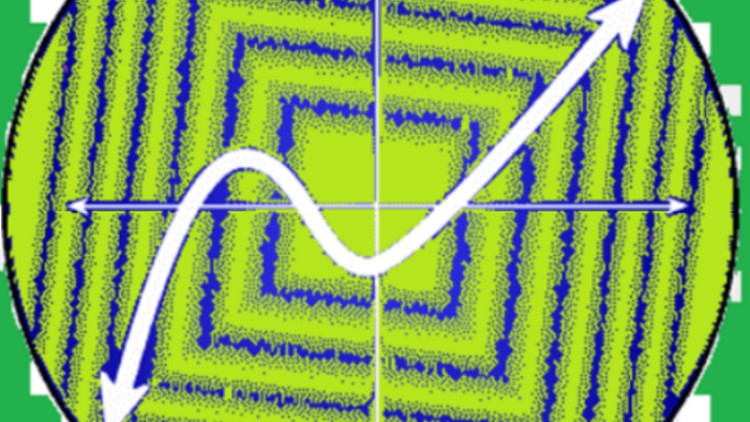
A guide to Relations in discrete Mathematics
What you will learn
Understand Relations and Representations of relations
Understand and interpret the Properties of relations
Understand and solve problems using Warshalls Algorithm
Understand and will be able to draw Hasse diagram
Description
This course makes students able to understand Relations in discrete mathematics in detail. Also they will be able to interpret different concepts of relations. It not only makes the learners understand the concepts but also teaches them to solve the problems using these concepts. Sufficient numbers of examples are solved to make them better understand the concept. While going through the explanation the learners are expected to solve the problems given in the video while listening to it.
The following topics are also explained in this course
a. Properties of Binary relations – Reflexive, Symmetric and Transitive relations ,
b. Equivalence relations ,
c. Equivalence classes and Rank ,
d. Partitions and equivalence relations from partitions ,
e. Closures- Reflexive closure, Symmetric closure and transitive closure ,
f. Warshall’s algorithm – The algorithm to find transitive closure ,
g. Partial ordered Relation and
h. Hasse diagram – Rules of hasse diagram and How to draw the diagram
The Course will help them to interpret the concepts and Solve the problems. It will also help to understand use of relations to understand practical examples, and interpret the related operations and terminologies in context. At the end of the course the learners will be able to apply relations concept in practical problems problems like database management systems.
Content